Kanerika is a leading provider of end-to-end AI, Analytics, and Automation solutions with years of implementation expertize.
Subscribe for the latest updates.
Services
Business Functions
Industries
Company
© 2024 Copyright. All rights reserved
Flip is a low-code/no-code, AI-powered platform that simplifies and automates data transformation pipelines, helping businesses gain valuable insights from their data faster.
Enhance your data pipeline efficiency with our pre-built connectors, designed to integrate effortlessly with your workflow, ensuring consistent data operations and faster time-to-insight.




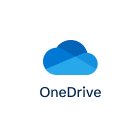

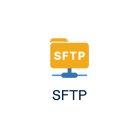

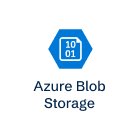
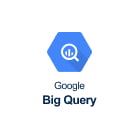
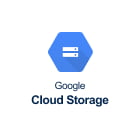
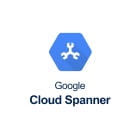


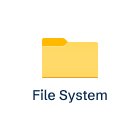

Achieve complex data transformations, enhance operational efficiency and data quality.
Gain crucial insights into data operations through real-time processing and automation.
Maximize efficiency by seamlessly integrating with existing systems and automating data extraction.
Ensure that all data transformations adhere to the highest standards of security and regulatory compliance.
Utilizes AI models for invoice processing, financial document intelligence, and LLM capabilities to enhance operational efficiency and accuracy.
in Data Processing Efficiency
in Data Quality
in Operational Cost
in Time-to-Market
Access enhancements, tailored workflows that meet unique sector demands and regulations.
Simplifying data insights delivery with visualization that decode the data, enabling seamless decision making.
Generative AI that enables conversation to ensure a proactive approach to problem solving.
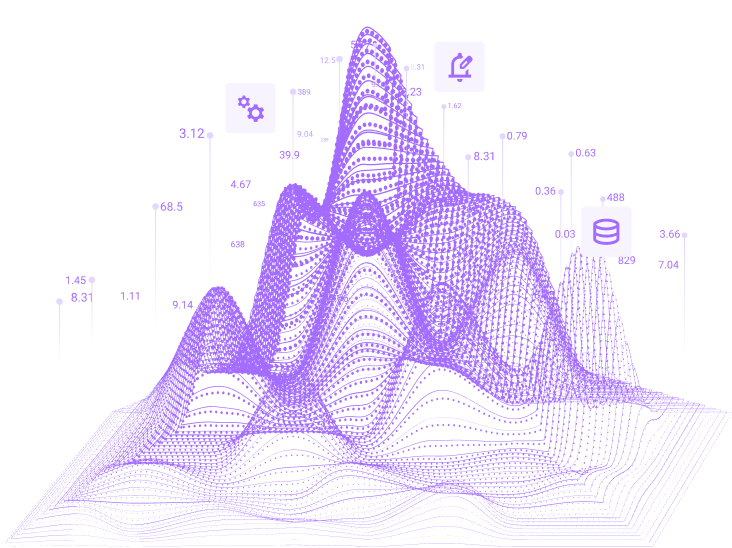
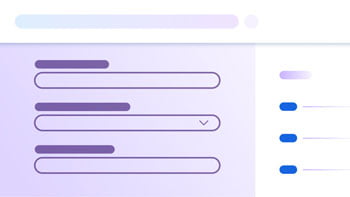
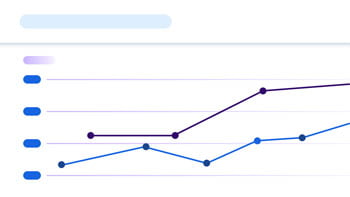
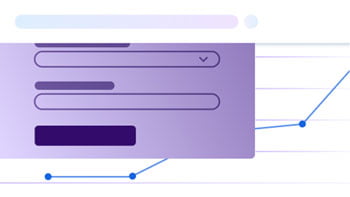



10 Power Users
Designed for growing teams and businesses that need more advanced features.
Unlimited Power Users
Built for large organizations with complex needs.
Data Visualizations
Basic preset dashboards
Connectors
1 connector (Excel or CSV)
Data Pipelines
maximum 10 pipeline per month
AI - based Document Processors
Country Coverage
1 country
Flip Copilot (Generative AI Assistant)
Limited access (predefined queries)
Generative AI Pipelines
Not included
User Access
1 Standard User
Support
Standard support via email
Security
Team Collaboration Tools
Compliance & Governance
Data Visualizations
Fully customizable dashboards (drag-and-drop design, custom metrics)
Connectors
Unlimited connectors (API, FTP, Excel, pre-built applications, custom connectors on request)
Data Pipelines
Unlimited pipelines
AI - based Document Processors
Process up to 10,000 documents/month
Country Coverage
2 countries
Flip Copilot (Generative AI Assistant)
Full access for all users (standard and power users)
Generative AI Pipelines
Unlimited pipelines with advanced custom workflows
User Access
10 Power Users + Unlimited Standard Users
Support
Standard support via email (24-hour response time)
Team Collaboration Tools
Security
Advanced security features with role-based access control and audit logging
Compliance & Governance
Data Visualizations
Advanced, real-time analytics with predictive insights and machine learning-driven forecasts
Connectors
Unlimited (including proprietary connectors and custom API development)
Data Pipelines
Unlimited pipelines with real-time data processing capabilities
AI - based Document Processors
Unlimited Documents/month
Country Coverage
Unlimited countries
Flip Copilot (Generative AI Assistant)
Unlimited access with custom AI models and queries for complex data requests
Generative AI Pipelines
Unlimited pipelines with high-performance AI models (custom-built)
User Access
Unlimited users (both Power and Standard), plus dedicated admin controls for larger teams
Support
Premium support (dedicated engineer, 24x7 Assistance)
Security
Region-specific data hosting with on-premise options
Team Collaboration Tools
Real-time collaboration and version control for dashboards and data projects
Compliance & Governance
Full compliance tools, including AI-based compliance monitoring and audit trails for industries with regulatory requirements
Data Visualizations
Basic preset dashboards
Data Visualizations
Fully customizable dashboards (drag-and-drop design, custom metrics)
Data Visualizations
Advanced, real-time analytics with predictive insights and machine learning-driven forecasts
Connectors
1 connector (Excel or CSV)
Connectors
Unlimited connectors (API, FTP, Excel, pre-built applications, custom connectors on request)
Connectors
Unlimited (including proprietary connectors and custom API development)
Data Pipelines
maximum 10 pipeline per month
Data Pipelines
Unlimited pipelines
Data Pipelines
Unlimited pipelines with real-time data processing capabilities
AI - based Document Processors
AI - based Document Processors
Process up to 10,000 documents/month
AI - based Document Processors
Unlimited Documents/month
Country Coverage
1 country
Country Coverage
2 countries
Country Coverage
Unlimited countries
Flip Copilot (Generative AI Assistant)
Limited access (predefined queries)
Flip Copilot (Generative AI Assistant)
Full access for all users (standard and power users)
Flip Copilot (Generative AI Assistant)
Unlimited access with custom AI models and queries for complex data requests
Generative AI Pipelines
Generative AI Pipelines
Unlimited pipelines with advanced custom workflows
Generative AI Pipelines
Unlimited pipelines with high-performance AI models (custom-built)
User Access
1 Standard User
User Access
10 Power Users + Unlimited Standard Users
User Access
Unlimited users (both Power and Standard), plus dedicated admin controls for larger teams
Support
Standard support via email
Support
24-hour response time (Standard support via email )
Support
dedicated engineer, 24x7 Assistance (Premium support )
Security
Security
Advanced security features with role-based access control and audit logging
Security
Region-specific data hosting with on-premise options
Team Collaboration Tools
Team Collaboration Tools
Team Collaboration Tools
Real-time collaboration and version control for dashboards and data projects
Compliance & Governance
Compliance & Governance
Compliance & Governance
Full compliance tools, including AI-based compliance monitoring and audit trails for industries with regulatory requirements
1 Standard User
Ideal for individuals or small teams just getting started.
Data Visualizations
Basic preset dashboards
Connectors
1 connector (Excel or CSV)
Data Pipelines
maximum 10 pipeline per month
AI - based Document Processors
Not included
Country Coverage
1 country
Flip Copilot (Generative AI Assistant)
Limited access (predefined queries)
Generative AI Pipelines
Not included
User Access
1 Standard User
Support
Standard support via email
Security
Team Collaboration Tools
Compliance & Governance
10 Power Users
Designed for growing teams and businesses that need more advanced features.
Data Visualizations
Fully customizable dashboards (drag-and-drop design, custom metrics)
Connectors
Unlimited connectors (API, FTP, Excel, pre-built applications, custom connectors on request)
Data Pipelines
Unlimited pipelines
AI - based Document Processors
Process up to 10,000 documents/month
Country Coverage
2 countries
Flip Copilot (Generative AI Assistant)
Full access for all users (standard and power users)
Generative AI Pipelines
Unlimited pipelines with advanced custom workflows
User Access
10 Power Users + Unlimited Standard Users
Support
Standard support via email (24-hour response time)
Security
Advanced security features with role-based access control and audit logging
Team Collaboration Tools
Compliance & Governance
Unlimited Power Users
Built for large organizations with complex needs.
Data Visualizations
Advanced, real-time analytics with predictive insights and machine learning-driven forecasts
Connectors
Unlimited (including proprietary connectors and custom API development)
Data Pipelines
Unlimited pipelines with real-time data processing capabilities
AI - based Document Processors
Unlimited Documents/month
Country Coverage
Unlimited countries
Flip Copilot (Generative AI Assistant)
Unlimited access with custom AI models and queries for complex data requests
Generative AI Pipelines
Unlimited pipelines with high-performance AI models (custom-built)
User Access
Unlimited users (both Power and Standard), plus dedicated admin controls for larger teams
Support
Premium support (dedicated engineer, 24x7 Assistance)
Security
Region-specific data hosting with on-premise options
Team Collaboration Tools
Real-time collaboration and version control for dashboards and data projects
Compliance & Governance
Full compliance tools, including AI-based compliance monitoring and audit trails for industries with regulatory requirements
Streamline risk assessments and regulatory compliance with generative AI copilot.
Improve customer satisfaction by personalizing services based on data analysis.
Achieve real-time visibility of goods with FLIP's data integration.
Automate data processes to optimize inventory and reduce costs.
Automate and expedite claims handling with FLIP.
Accurately assess risk and customize pricing using real-time data.
Predict equipment failures and reduce downtime with FLIP.
Monitor product quality in real time to detect issues early and maintain standards.

We will get in touch with you shortly
Kanerika is a leading provider of end-to-end AI, Analytics, and Automation solutions with years of implementation expertize.
Subscribe for the latest updates.
Services
Business Functions
Industries
Company
© 2024 Copyright. All rights reserved